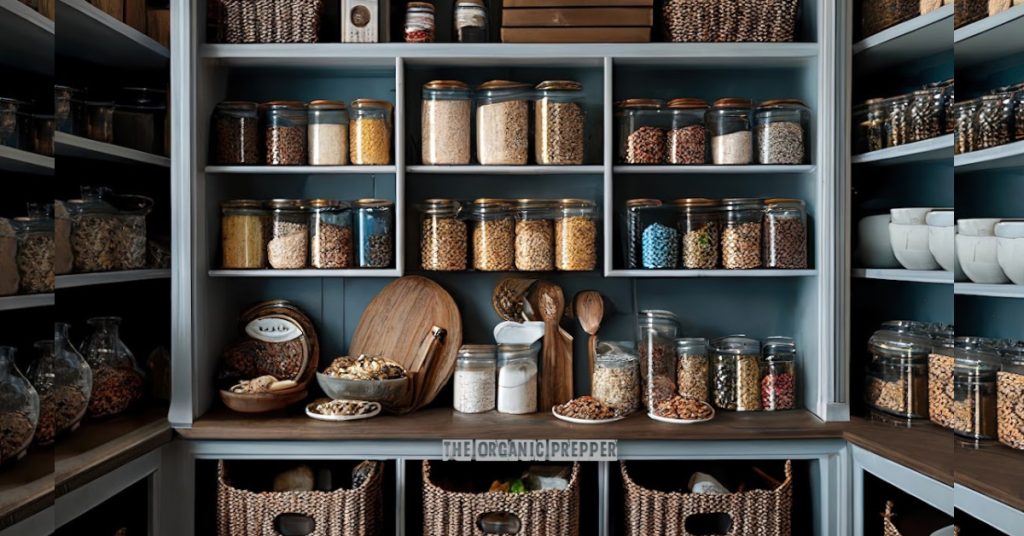12 Strategies to Build the Ultimate Prepper Food Stockpile
by Daisy Luther, The Organic Prepper:

In every relationship, there comes a time when you have to sit down and take a serious look at the future. Where do you want to go? Are your goals compatible? Are things working as they stand right now, or do some changes need to be made? Creating the ultimate prepper food stockpile is no different.
People create prepper food stockpiles for many different reasons, and because of this, there is no “one-size-fits-all” formula for doing so. You must figure out what your goals are and develop a road map towards achieving them.
TRUTH LIVES on at https://sgtreport.tv/
Having a food supply just makes sense. Every time there is a disaster, the masses become hysterical, and chaos ensues because there is no food available because of our “just-in-time” food delivery system. (Remember March of 2020?) Your stockpile can also mean the difference between continued freedom or forced compliance to get food.
There are three basic types of food supplies. Let’s look at these food storage ideologies. Then take the most applicable strategies and combine them to create your own version of the ultimate pantry.
The Bunker Pantry
This is the most “hardcore” of the prepper food stockpile types. A Bunker Pantry is the type of food supply that could keep you going for the next ten years without a single trip to the store. Sure, it might be a little bit boring and lacking in variety, but it is a supply that will see you through any disaster and allow you to remain in your shelter. This type of pantry focuses on huge quantities of long-term foods, repackaged carefully to resist spoilage due to pests or the elements.
If this is the type of pantry you’d like to build, focus on staples that last a long, long time, such as wheat, rice, dried beans, salt, and sugar. These foods can be purchased in bulk and repackaged by the user, or you can purchase them already packaged up through vendors like the LDS warehouse or online food storage websites.
Add emergency food buckets and freeze-dried foods to this for a bit (but not a lot) of variety. Here are some tips on food buckets.
The pros are that this kind of food supply can be created very quickly. If you have the money to do so, you can order all this stuff at once and shuffle it into your store room. As well, once you have it stored away, there’s a lot less rotating required. You can get it and forget it.
The cons are a very limited diet that may not be healthy for a long period of time, food fatigue from eating the same stuff for ages, and expense. This is by far the most expensive way to create a prepper food stockpile. As well, takes a lot of space to store this much food, so generally, a dedicated area must be used as a storeroom.
The Agrarian Pantry
This type of pantry is the kind our ancestors had. Most of the food is acquired during the growing season, and only small shopping trips are needed to supplement this throughout the year. It combines enough basic staples for the year ahead with enough of your preserved harvest to get you through the next growing season.
This type of pantry must be replenished every year. Basically, the items in your pantry are purchased and put back with the intention of consuming them within the next 12 months.
The pros to this prepper food stockpile are that it’s healthy, loaded with variety, and sustainable if you are growing or acquiring your food locally. I find it really enjoyable to preserve food and I like to be creative with the ways I put food back. (Get more ideas here.)
There are a few cons to this method as well. Not everyone has the space or ability to grow food. Farmer’s markets, where I used to get tons of fresh food to preserve, have become expensive artisan havens. A bad harvest can mean a lean year ahead if you are unable to supplement with store-bought goods. And finally, it’s a lot of work, and not every prepper is up for that.
Read More @ TheOrganicPrepper.ca



